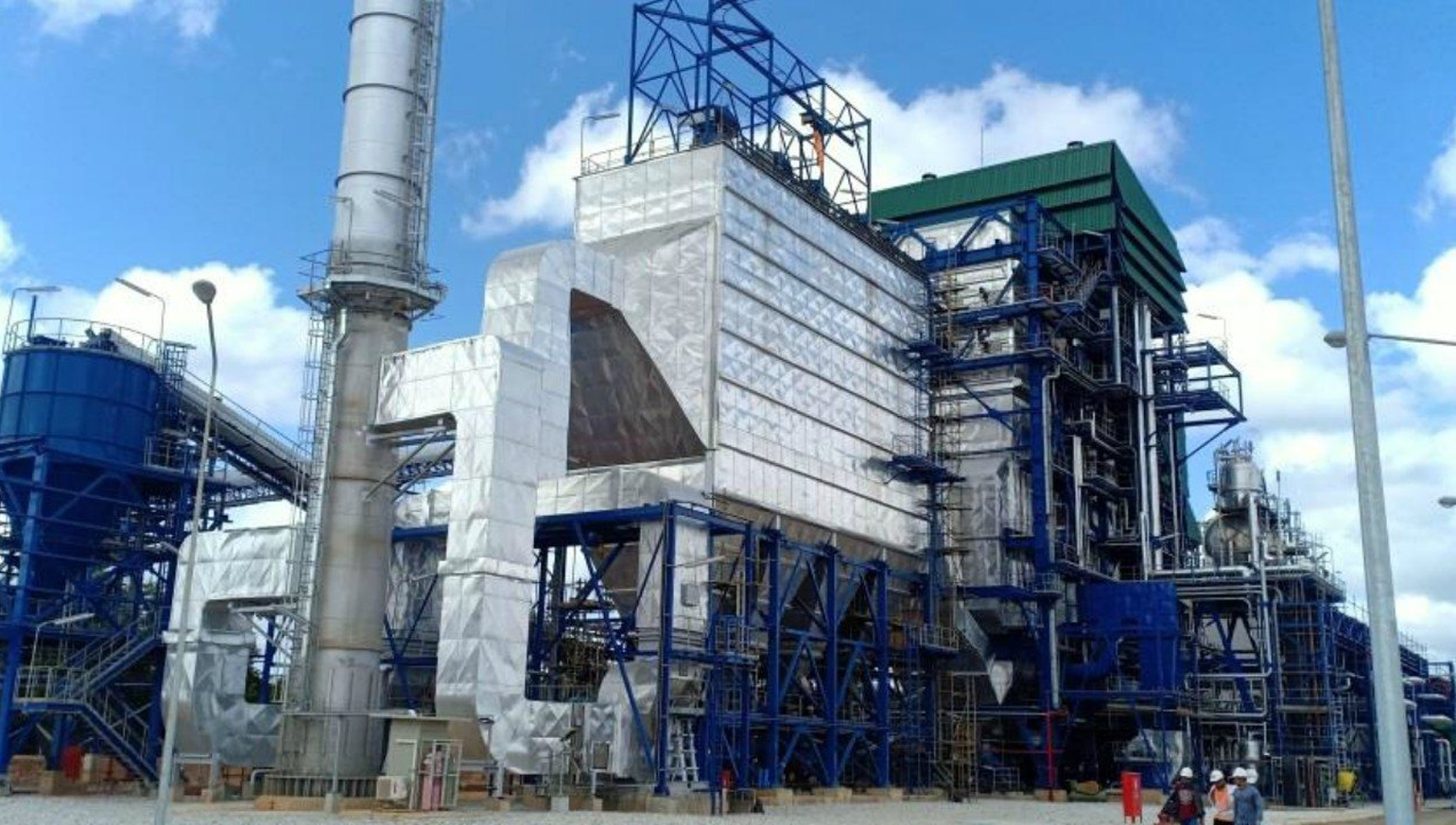ESP
An electrostatic precipitator (ESP) removes particles from a gas stream by using electrical energy to charge particles either positively or negatively. The charged particles are then attracted to collector plates carrying the opposite charge. The collected particles may be removed from the collector plates as dry material (dry ESPs), or they may be washed from the plates with water (wet ESPs). ESPs are capable of collection efficiencies greater than 99 percent.

An ESP is primarily made up of the following four components: gas distribution plates, discharge electrodes, collection surfaces (either plates or pipes) and rappers. The gas distribution plates consist of several perforated plates which help maintain proper flow distribution of the entering gas stream. The discharge electrodes are divided into fields. Most ESPs have three or four fields in series; however, very large units may have as many as fourteen fields in series. Discharge electrodes are energized by a single transformer-rectifier (T-R) set power supply. The energized electrodes create ions that collide with the particles and apply the electrical charge to the particles contained in the incoming gas stream. The collection plates or pipes provide the collection surfaces for the charged particulate matter. The rapping system is responsible for removing the collected particulate matter from the collection surfaces.
ESPs are generally classified as dry ESPs (the most commonly used) and wet ESPs. The primary difference between the two classifications is the method by which the collector plates are cleaned. In dry ESPs, the collector plates are cleaned by applying mechanical impulses or vibration to the plates, which knocks loose the collected particulate matter (referred to as rapping). In wet ESPs, the collector plates are cleaned by rinsing with water. Wet ESPs are typically employed when gas streams contain sticky particles with low resistivity.
ESP performance can be affected by particle resistivity. Particle resistivity is the property that influences the deposition and removal of particles from the collection plates. The desirable situation is to have particles that conduct away some of their charge once they reach the plate, so that the deposition of other particles is not inhibited, but retain enough of their charge to lightly hold them to the plate. The characteristic is termed moderate resistivity. If the particles have very high resistivity, they are slow to conduct away their charge, causing a negative charge to build up on the plates that inhibit other particles from depositing. If the particles have very low resistivity, they rapidly lose their charge when reaching the plate and pick up the charge of the plate, causing them to be repelled back into the gas stream where they are recharged negatively.
